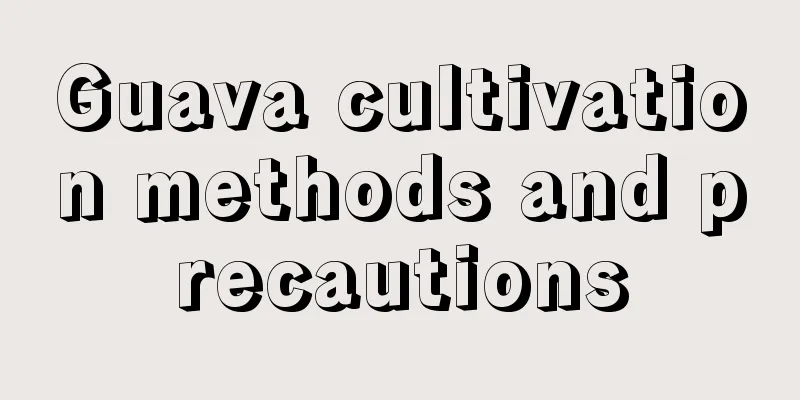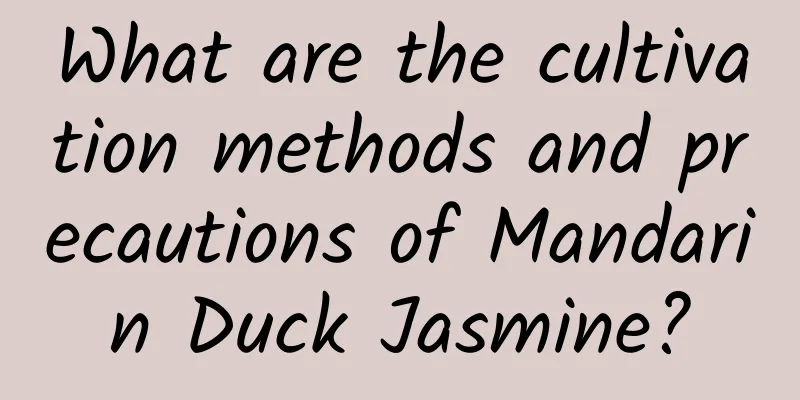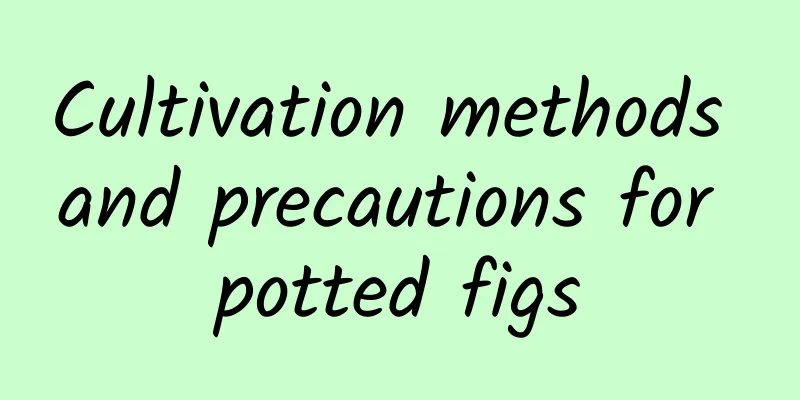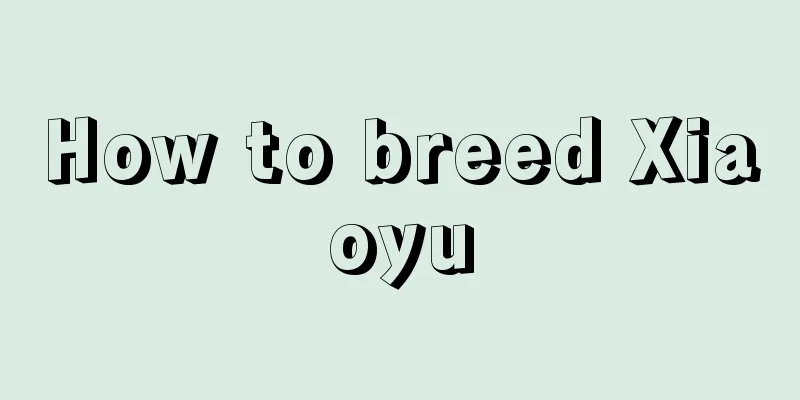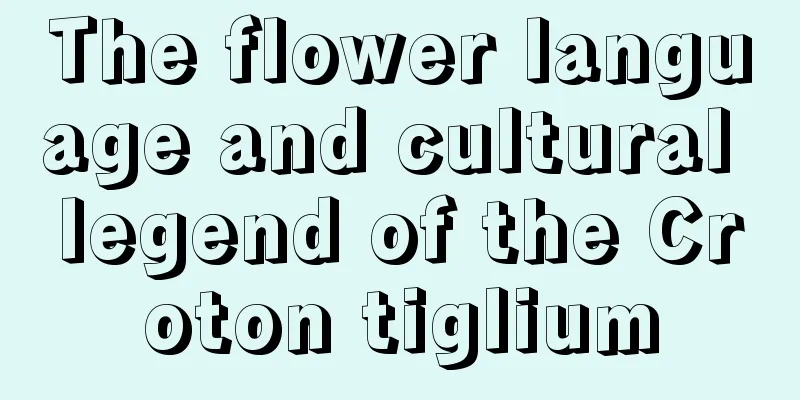Can corn be planted continuously on the same land? (What elements are missing from the land that has been planted with corn?)
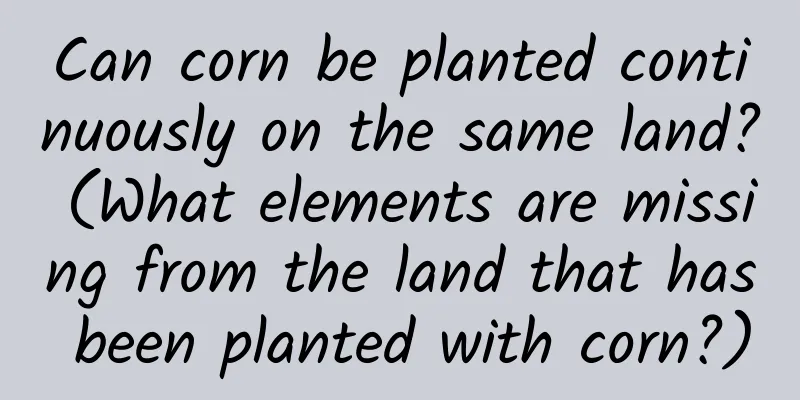
|
In our area, there are many plots of land where corn has been planted continuously for perhaps 50 years, or even a hundred years or longer. However, the annual yield of corn planted in such land is quite good, and symptoms of nutrient deficiency are not common. The most common deficiencies are nitrogen and potassium, such as yellowing of seedlings and sluggish growth, and bald tips of the cobs. It is really hard to say what element a field that has been planting corn for many years may be lacking. It depends on how you fertilize it. Corn is a crop that requires a large amount of fertilizer and a wide variety of fertilizers. It has the highest demand for the three major nutrients: nitrogen, phosphorus and potassium. At the same time, the lack of trace elements such as zinc, magnesium, sulfur and iron also affects corn yields. First, potassium deficiency may beAmong the three major nutrients of nitrogen, phosphorus and potassium, corn is most likely to lack potassium. Because although we attach great importance to the use of the three, such as using nitrogen, phosphorus and potassium compound fertilizers as seed fertilizers and using urea and other nitrogen fertilizers as topdressing, few people simply use potassium fertilizers as topdressing. However, corn has a great demand for potassium fertilizer, and as the yield increases, the amount of potassium required is significantly greater than nitrogen. It is reported that for every 100 kilograms of corn kernels produced, 1.5-4 kilograms of potassium fertilizer and 2-4 kilograms of nitrogen fertilizer are needed. Calculated based on an acreage yield of 1,300 kilograms of corn, even if the demand for potassium and nitrogen is the same, 3 kilograms is used. Then the amount of nitrogen and potassium required is 36 kilograms each. Every year you apply 100 kilograms of 3 times 15 compound fertilizer, including 15 kilograms of potassium. If all the nitrogen and potassium are utilized, the rest needs to be absorbed from the soil. Do you think there will be no potassium deficiency? Potassium-deficient corn tends to fall over, the cobs are small, the tops are poorly developed, and the tips are bald . Does this happen often? Among trace elements such as zinc, magnesium, iron, and boron, corn has a higher demand for zinc and is more sensitive to zinc. Second, zinc deficiency may occurWhen fertilizing corn, perhaps few people would apply zinc fertilizer to corn, but zinc can increase the weight and yield of corn kernels. Zinc deficiency in corn will show up in the seedling stage, such as light white stripes on the leaves and wide albino bands, but the veins do not lose their green color and remain green. Sometimes the edges of the leaves are brown or red. Zinc-deficient corn has weakened photosynthesis, shortened internodes, short plants, inhibited growth, and greatly reduced yields. If zinc fertilizer is sprayed at the right time, the yield can be greatly increased. Among all the trace elements, except zinc, corn is most likely to lack iron, manganese, sulfur, boron, magnesium, copper, molybdenum, etc. Corn rarely lacks calcium. When corn shows symptoms of nitrogen deficiency such as dwarfing, delayed maturity, and yellowing leaves, if you think the amount of nitrogen fertilizer is sufficient, then you should consider other elements. For example, sulfur deficiency has similar symptoms to nitrogen deficiency. When corn is planted for many years in a row, it is difficult to make an accurate judgment on the deficiency of a certain element, as it is closely related to the fertilization situation, soil conditions, whether the straw is returned to the field, etc. We only need to apply fertilizers reasonably and judge whether there is a lack of fertilizer and what kind of fertilizer is lacking by observing the color of the leaves, and then apply which element to supplement it, either by soil application or foliar spraying. 【 Summarize 】 To achieve high yield of corn, the first thing to do is to apply base fertilizer , such as returning straw to the field. Nowadays, when the application of organic fertilizer is getting less and less, returning straw to the field is a good method, which is very beneficial for supplementing soil organic matter. Second, pay attention to the right amount of topdressing, and don't pursue the one-shot fertilization method . Third, strengthen the foliar fertilizer spraying to prevent the lack of trace elements . |
Recommend
After the Chinese New Year, make some "rooting water" for the flowers, feed them, and the leaves will grow like a waterfall
White sugar in the kitchen White sugar can promot...
How much is a honeysuckle seedling?
1. Price of honeysuckle seedlings The price of ho...
How to grow the cream yellow peach succulent? Is it easy to grow?
1. How to raise 1. Soil requirements: Cream yello...
How to grow irises hydroponically? What to do if the roots rot during hydroponics?
1. Hydroponic method 1. Select the plant: In addi...
The efficacy and function of Chinese toon bark
1. Remove heat and dry dampness The bark of the C...
Is it good to eat dragon fruit at night? Can I eat dragon fruit at night?
1. Can I eat it? It is usually not recommended to...
Diseases and Pests of Juniper and Their Control
Diseases of juniper Red blight Pathogens of junip...
How to plant multi-flowered wild peony seeds
Soil selection Multi-flowered wild peony is accus...
How many kilograms of pepper are generally produced per mu? How to grow peppers to achieve high yields?
Pepper yield per mu There are many varieties of p...
The difference between guava and guava
1. The difference between the two Guava is also c...
Can chicken manure be used directly for fertilizing flowers?
1. Use it directly? Chicken manure is a very effe...
How to raise a bird of paradise (home raising method)
1. Breeding methods 1. Flower soil: Bird of parad...
Can ginger be grown hydroponically? How to grow hydroponically ginger?
Can ginger be grown hydroponically? Ginger is a h...
What fertilizer should be applied during the flowering period of azalea? Can potassium dihydrogen phosphate be sprayed?
1. What fertilizer to apply It is best not to fer...
The value of Albizia Julibrissin
The ornamental value of Albizia Julibrissin The A...


